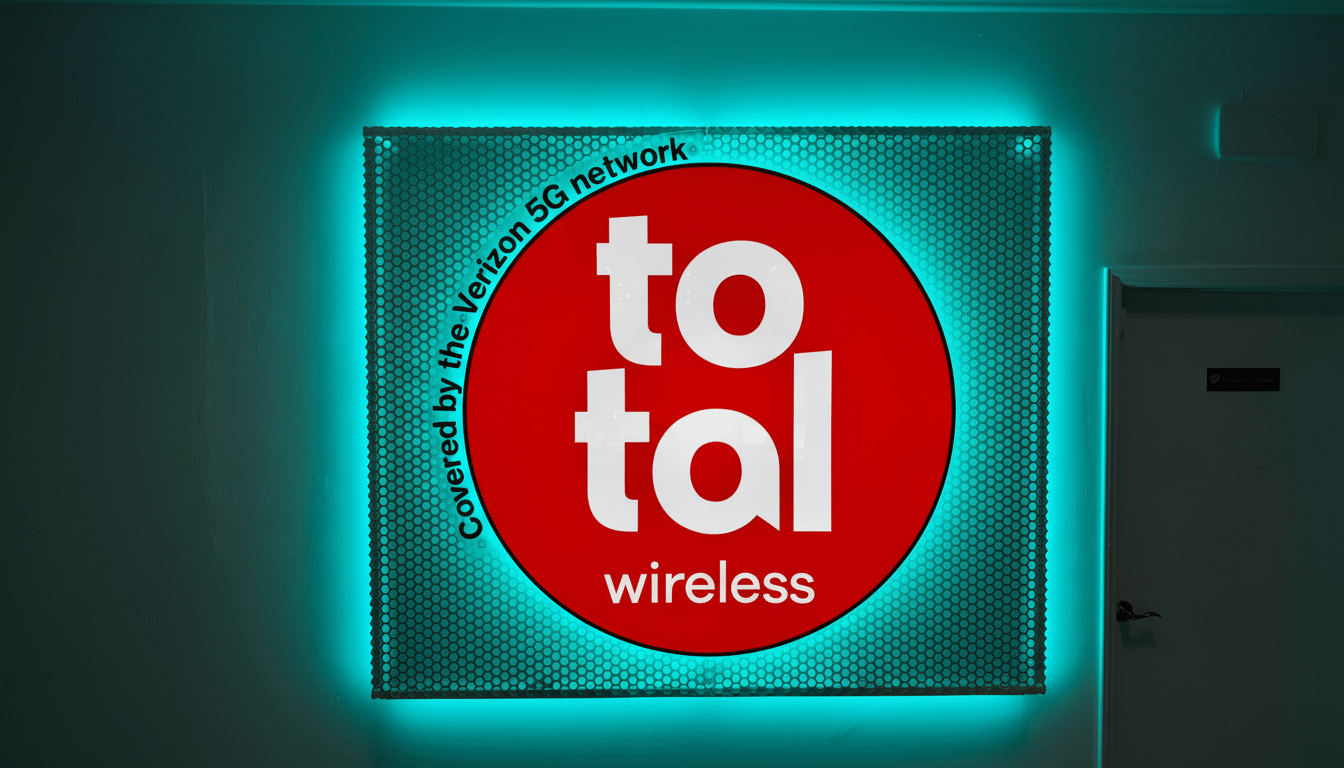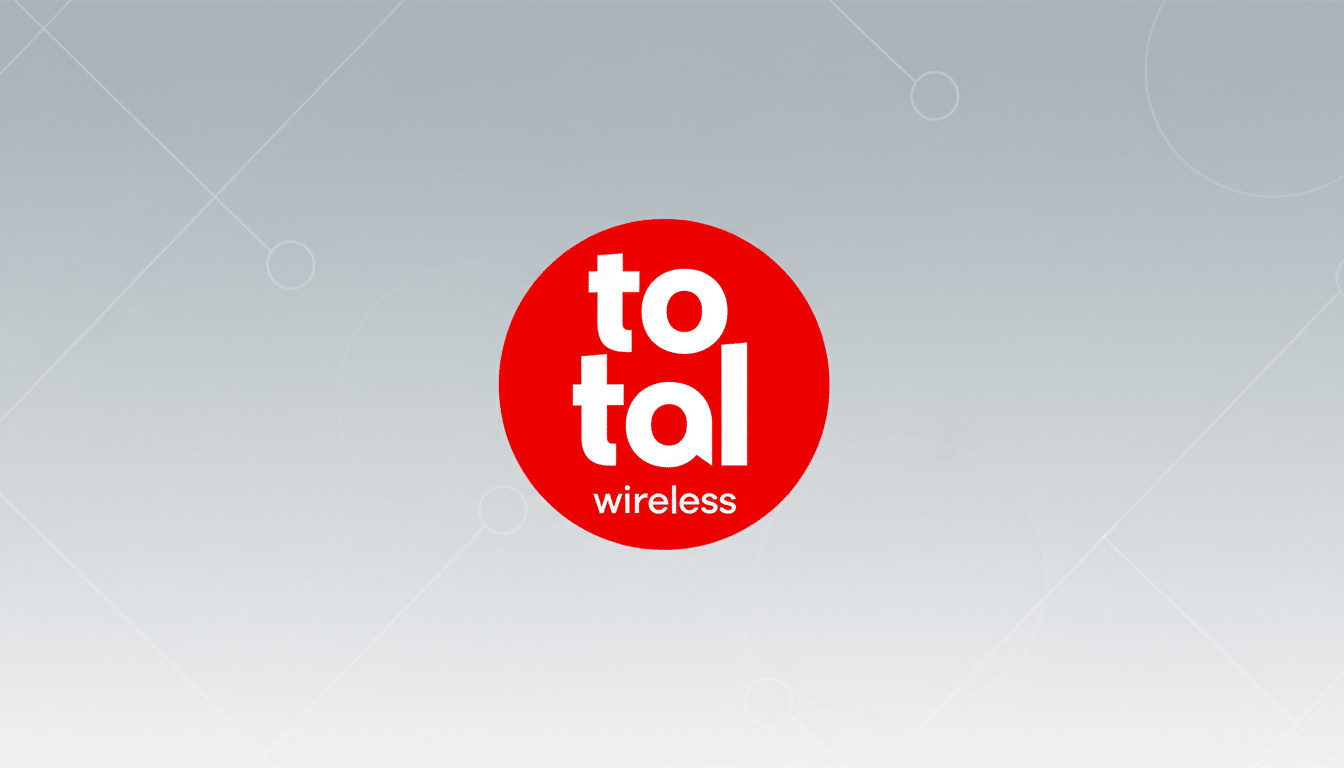Verizon’s budget lineup now includes an eyebrow-raising proposition: a $0 phone plan from Total Wireless. The headline is straightforward, but the fine print matters. It’s launching the free tier in California and linking it to the federal Lifeline program, so only households that qualify would be able to sign up. For those eligible, it’s a relatively strong starter package that’s supported by Verizon’s network — but there are some trade-offs you should know about.
What the free plan offers and where it limits you
The deal includes unlimited talk and text plus 6 gigabytes of high-speed data per month for free. That baseline should cover you for calls, messaging, maps, a little browsing and moderate social use. Go over 6GB and you can bump up to an unlimited data plan for $11 more per month. Standard MVNO traffic management should be in place, so you can expect your data to be deprioritized during times of congestion (without a pre-existing Amazon Prime membership) and your video streams capped at 480p.
- What the free plan offers and where it limits you
- Who qualifies for Total’s California-only free tier
- The catches and fine print you should understand first
- How this California free plan stacks up to rivals
- Why California gets the first shot at a $0 phone plan
- What It Means for Verizon’s Value Offensive
- How to get started if you think you might qualify
- Bottom line: a strong free option with clear limits

Apologies in advance for what this review is not.
This isn’t some stripped-down network freebie. Total Wireless is an MVNO operating on Verizon’s network, and tests that independent companies like Opensignal and Ookla run to measure network reliability and coverage regularly show that Verizon ranks near the top nationwide (and in metro areas especially). For the more value-minded among us, that performance-to-price ratio is the hook.
Who qualifies for Total’s California-only free tier
It is for Lifeline-approved customers only. Lifeline is an existing program for making communication services more affordable that the Federal Communications Commission and Universal Service Administrative Company oversee, providing a monthly subsidy on voice or broadband to one line per qualifying household. Eligibility is based on income, and participation in programs such as SNAP or Medicaid are popular qualification routes.
California adds another layer. To help carriers offer benefits more generous than the federal discount alone, California LifeLine, a state supplement, is administered by the California Public Utilities Commission. That state support is a big part of why many “free” mobile plans first launch in California.
The catches and fine print you should understand first
Three big caveats:
- It’s California-only at launch.
- You must be Lifeline-approved before enrolling.
- The free tier isn’t equivalent to Total’s mainstream unlimited plans, feature for feature.
You won’t get international calling and texting, or roaming in Mexico and Canada. The roster of available devices under free plans also tends to be entry-level, and resorting to your own unlocked phone is typically the simpler path.

There’s a broader context, too. Though the separate Affordable Connectivity Program is unfunded, carriers have been increasingly relying on Lifeline to help low-income subscribers. That makes the 6GB cap especially significant; industry reports from CTIA and Ericsson reveal that potential U.S. smartphone data use is well into double digits per month for average folks, making this essential info — for heavy streamers who aren’t near Wi‑Fi, $11 buys you an unlimited upgrade. For light users — calls, texts, email and basic apps — 6GB may suffice.
How this California free plan stacks up to rivals
Typical Lifeline providers can include brands such as Assurance Wireless, Q Link Wireless and enTouch Wireless. Many free plans cap at a few gigabytes of data — imposing aggressive throttling for those who exceed the limit. And on two other fronts, Total Wireless is a winner: it is affiliated with a national network carrier and includes a relatively generous 6GB bucket of data for zero base price in California. The $11 route to unlimited data is also straight and narrow, slicing beneath a slew of prepaid unlimited offers.
That being said, competitors may pull ahead in the extras department: certain competitors throw in hotspot allotments or international features. What you’re getting is a total back-to-basics approach from Total Wireless: consistent coverage, predictability and an easy data upgrade lever.
Why California gets the first shot at a $0 phone plan
It is difficult to generalize about affordability programs in California. The CPUC’s state-level discount is layered on top of the federal Lifeline benefit, which allows carriers more room to work with in designing $0 offers without stripping back service to the bare bones. State-level experimentation, resulting in richer free plans — either through more generous data allotments, better devices or both — before any national rollout, is a familiar script. Total Wireless says the company wants to add discounted options outside of California, even if a $0 plan doesn’t surface everywhere.
What It Means for Verizon’s Value Offensive
Verizon’s value brands have quietly emerged as growth engines, attracting customers with budgets who still want premium network performance. Total Wireless, one of the prepaid brands that accompanied the TracFone purchase, rounds out products that include options like Visible and Straight Talk to give Verizon a ladder of price points and feature bundles. A CA-first free plan supports Verizon defending share at the high end of a brutally competitive affordability spectrum and creates an on-ramp to paid unlimited tiers.
How to get started if you think you might qualify
The process normally takes place via the National Verifier controlled by USAC. Potential customers apply, upload documentation, get accepted, and then enroll with the carrier. If you already own an unlocked phone that works on Verizon’s network bands, you’ll probably get your phone up and running faster, as well as a better device experience.
Bottom line: a strong free option with clear limits
Total Wireless provides a genuinely useful zero-dollar plan (with taxes and fees included) for eligible Californians, based on 6GB of high-speed data plus a straightforward path to unlimited for $11 more. The catch is eligibility and the lack of international perks — but the value is there, especially on a network that has a reputation for reliability. For light and moderate users, it’s a no-brainer; for heavier data needs, the upgrade price is still stratospherically low.

